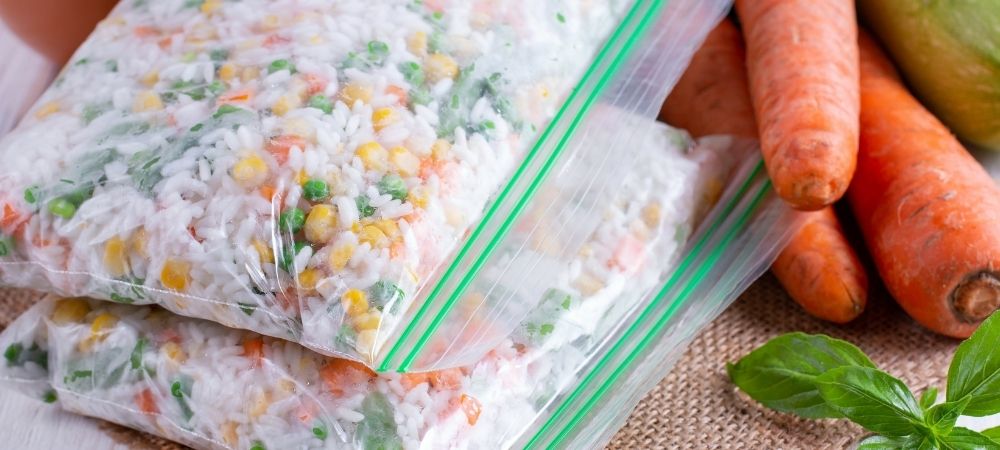
Fish and seafood, poultry, dairy, meats, and vegetables are rich sources of healthy fats, proteins, and moisture. As a result, they are both prized foods and susceptible to quick deterioration. The most important thing to do to stop bacteria and enzymes from breaking down food is to make sure that the food value chains are quickly cooled or frozen enough to keep all of the important freshness criteria for a few months.
Different freezing methods in the food industry
Contact Freezing: Blocks and large quantities of food are frozen in contact freezers. Water is used as a freezing medium and is placed in trays or pans with the product. It provides faster freezing and better interaction with freezer plates. Freon 104, carbon dioxide (CO2), and ammonia (NH3) gases are frequently used as refrigerants.
Blast Freezing: Here hot air is sucked from below to pass through the cooling colls while cold air is blasted from one end of the chamber, usually the top. The refrigerant that circulates inside cooling coils absorbs heat from the surrounding atmosphere to transform into a gaseous form. In order to chill the air, the refrigerant gas is transferred via the condensers, where it is again transformed into a liquid and given to the cooling coils.
Cryogenic Freezing: As a refrigerant, liquid nitrogen is sprayed directly over the product. Although this is the most effective way of freezing, it is not economically feasible. Nitrogen is not economically viable because of its high cost compared to other refrigerants and its single-use nature. As a result, it is not used for the manufacturing of commercial food, although it is still used for things like medical procedures and the preservation of organs for transplant.
Brine Freezing: Although brine freezing is still employed in the manufacturing of commercial ice, it is regarded as an antiquated and ineffective freezing technique. The tank is filled with calcium chloride or table salt brine, which is cooled with the aid of a passing refrigerant. The intended frozen product is immersed in the chilled brine that is circulated, where it freezes. When it comes into contact with brine, the natural flavor is changed and becomes salty or, if the brine is formed of calcium chloride, even bitter.
Food can be frozen either slowly, as in a blast freezer, or quickly, as in an IQF and a Cryogenic freezer. Fast freezing is always better for retaining the nutritive values of foods.
We are experts in commercial freezers.
With years of expertise in the always evolving and changing food processing industry, we are industry specialists in machinery for the food processing market. In addition to standard food processing equipment, we have specific expertise in numerous types of freezing technologies and solutions.
End products of better quality are continually in demand in the food processing sector. One reason for the limited functional lifetime of industrial freezers is the ongoing innovation in freezing technology. A food manufacturing business must determine what to do with its extra freezers before making the investment in new freezing equipment for its production line.
We can help you dispose of your old freezing machine while aiding in buying a new one. We also sell high-quality old machines at considerably lower prices.
